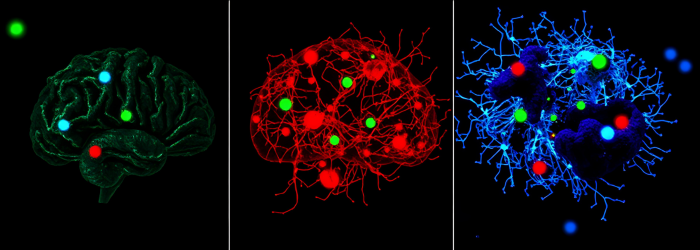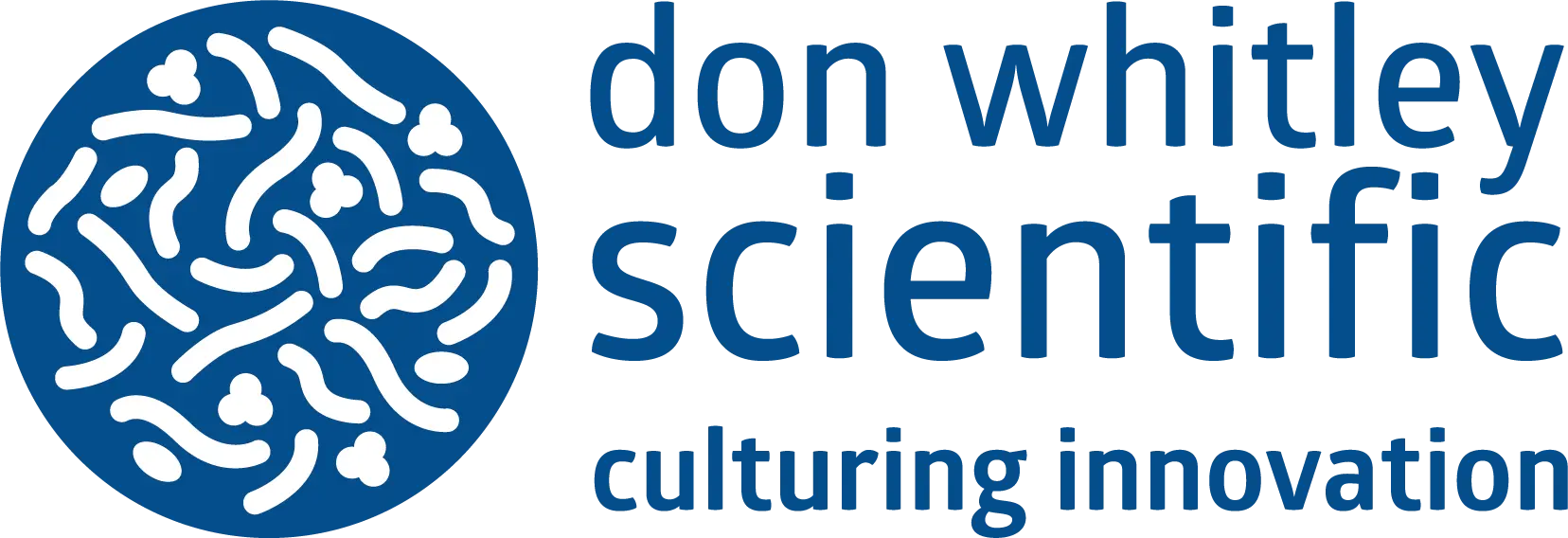
Detecting TDP-43 in the Olfactory Mucosa
On World Alzheimer’s Day, we turn our focus to innovative research that could transform how we detect and understand neurodegenerative diseases. A study by Fontana et al. (2023), published in Alzheimer’s & Dementia, explored whether a protein closely linked to frontotemporal dementia (FTD) can be identified using a simple, non-invasive test.
The protein in question: TDP-43
TDP-43 is a protein known to misfold and form toxic aggregates in several neurodegenerative diseases, including frontotemporal lobar degeneration with TDP-43 pathology (FTLD-TDP) and amyotrophic lateral sclerosis (ALS). Until now, detecting TDP-43 pathology in living patients has proven extremely challenging, as no reliable fluid biomarkers or imaging tracers exist.
The method: Olfactory mucosa sampling
Fontana et al. (2024) optimised a seeding amplification assay (SAA) to detect TDP-43 seeding activity – the process by which misfolded proteins encourage further misfolding. As an alternative to invasive brain biopsies or lumbar punctures, Copan nasopharyngeal swabs were used to painlessly collect cells from the olfactory mucosa, allowing the team to obtain high-quality samples in a patient-friendly way.
Key findings
- In post-mortem brain samples, the assay distinguished with 100% accuracy between cases with and without TDP-43 pathology.
- When applied to living participants, 82.4% of patients with FTLD-TDP tested positive, while 86.7% of healthy controls tested negative.
- Phosphorylated TDP-43 aggregates were directly observed in neural cells from the olfactory mucosa.
Why this matters
These findings suggest that a simple nasal swab could, in the future, become a powerful diagnostic tool for identifying TDP-43 pathology in living patients. This has enormous implications for:
- Earlier and more accurate diagnosis of frontotemporal dementia.
- Better patient stratification in clinical trials.
- Improved understanding of how TDP-43 pathology develops and spreads.
Looking ahead
While this was a pilot study involving a relatively small number of patients, the results are promising. Larger studies will be needed to confirm accuracy and to assess how this method performs across different stages and subtypes of FTD.
Importantly, the study by Fontana et al. is part of a broader research trend towards non-invasive biomarker discovery made possible by swab technology. For example, Minelli et al. (2024), in Genes, reported a case study using metagenomic sequencing of a buccal swab in a patient with dementia. Their findings revealed a high abundance of Spirochaetes in the oral microbiome, suggesting that oral pathogens may play a role in neuroinflammation and cognitive decline.
Together, these studies highlight how simple, patient-friendly sampling from the oral and nasal regions could one day aid in the early detection and monitoring of dementia, paving the way for better patient care and therapeutic breakthroughs.
If you are interested in how Copan Swabs could aid your research, please fill in the form below, or if you would like to read the full published paper head over to our free published paper database.
References:
- Fontana E, Bongianni M, Benussi A, et al. Detection of TDP-43 seeding activity in the olfactory mucosa from patients with frontotemporal dementia. Alzheimer’s Dement. 2024;20:1156–1165. doi:10.1002/alz.13541
- Minelli M, Anaclerio F, Calisi D, et al. Application of Metagenomics Sequencing in a Patient with Dementia: A New Case Report. Genes. 2024;15(8):1089. doi:10.3390/genes15081089


 en
en


 English
English